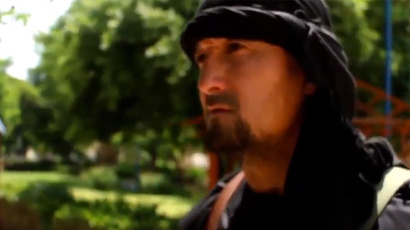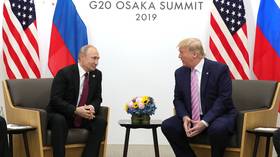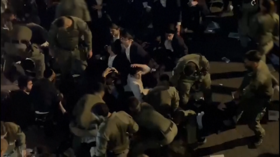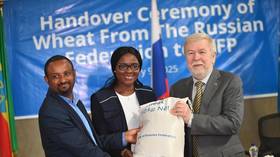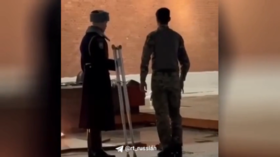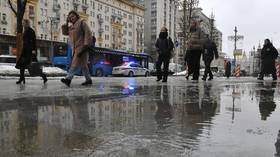Syria-like crises await in Central Asia & Caucasus – Russian defense minister
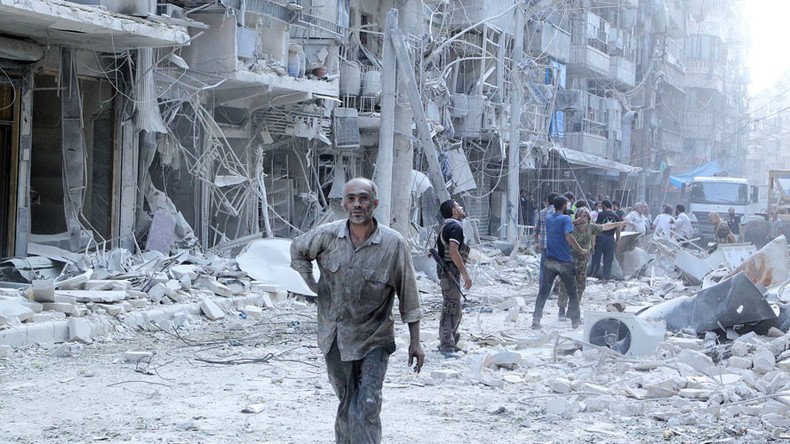
Armed conflicts similar to that of Syria may soon emerge in post-Soviet Central Asia and the Caucasus, prompting Russia to respond, says Defense Minister Sergey Shoigu.
"Analysis of developing [security] situation in the world suggests that short-term risks of armed conflicts persist," Shoigu said on Friday.
Such crises like Syrian war could be triggered in any country, including post-Soviet republics of Central Asia and the Caucasus, Shoigu noted, speaking at a scientific conference on Russia’s anti-Islamic State (IS, formerly ISIS/ISIL) operation in Syria.
"In these circumstances, Russia will be forced to adequately respond to potential threats," the minister added.
The anti-IS operation in Syria helped decimate Islamist groupings made up of fighters coming from other countries, including Russia and other post-Soviet states, Shoigu reiterated.
“According to our estimates, in early 2015 around 4,500 nationals of Russia and [post-Soviet countries] have joined IS and other terrorist organizations. It is easy to forecast where they could go if Syria failed as a state,” he added.
Over 2,000 fighters who came to Syria from Russia, including 17 warlords, have been killed in the Russian military operation, Shoigu said, before adding all of them sought to propagate radical Islamist ideas and wage jihad in Russia.
Stability in Central Asia, one of the most-populous and poorest regions of former Soviet Union, remains fragile. Over the past few years, IS has aggressively infiltrated neighboring Afghanistan, already torn apart after decades of never-ending war, by sending envoys, recruiters and instructors to find local allies.
“There are now 10,000 IS fighters in Afghanistan. A year ago there was a hundred. This growth over a year is spectacular,” Zamir Kabulov, head of the Foreign Ministry’s Asia and Middle East Department of said in April.
“The Afghan branch of IS is definitely specialized against Central Asia. Russian is even one of their working languages,” Kabulov added. “They are being trained against Central Asia and Russia.”
10,000 ISIS fighters in Afghanistan ‘trained to expand to Central Asia, Russia’
Economic downturn, stagnation and shrinking job opportunities for Central Asia’s youth is yet another advantage for IS recruiters to pave way for the terror group’s pivot to the region, despite governments’ efforts to fight Islamist propaganda and radical leanings among Muslim communities.
Local media have previously reported IS does have presence in Central Asian countries, either as sleeper cells or in the form of recruitment infrastructure that selects and sends young people for jihad to Syria and Iraq.
Kazakhstan, Kyrgyzstan and Tajikistan are members of Collective Security Treaty Organization (CSTO), a Russian-led security alliance mostly designed to protect the region from outside threats.
